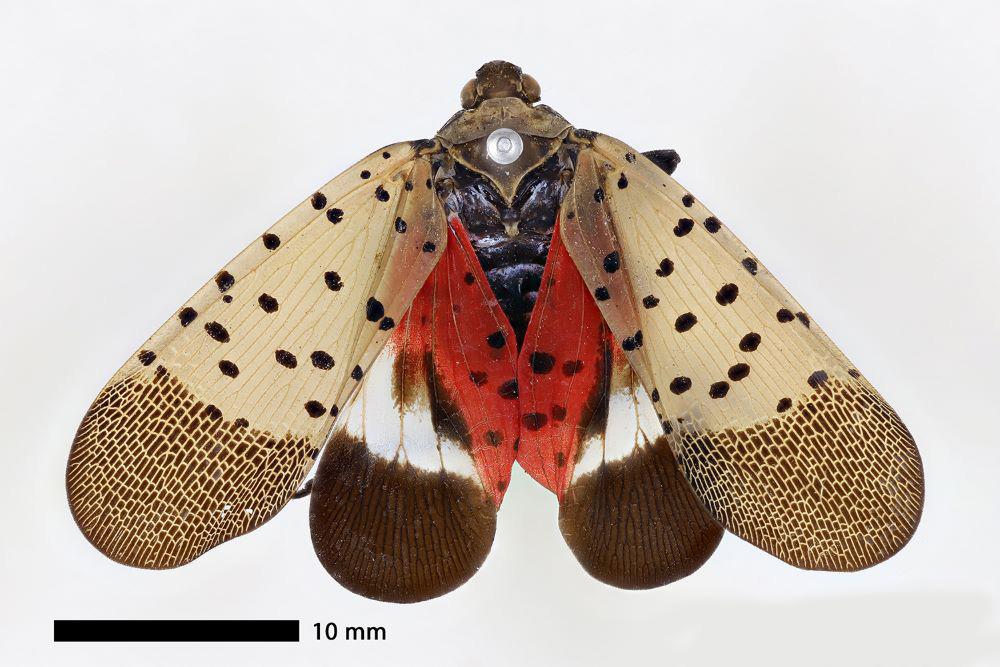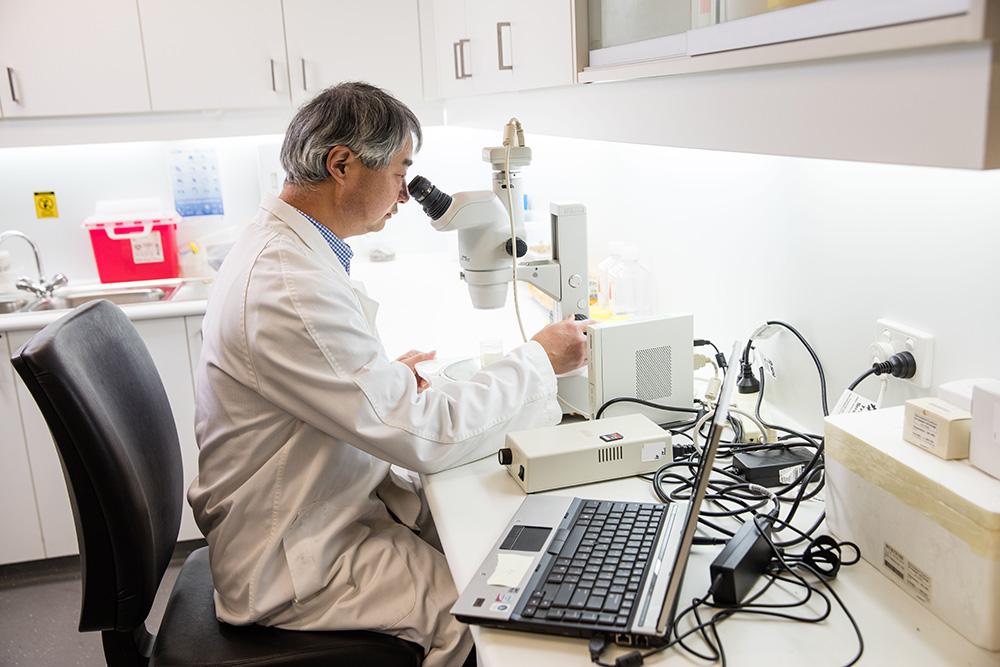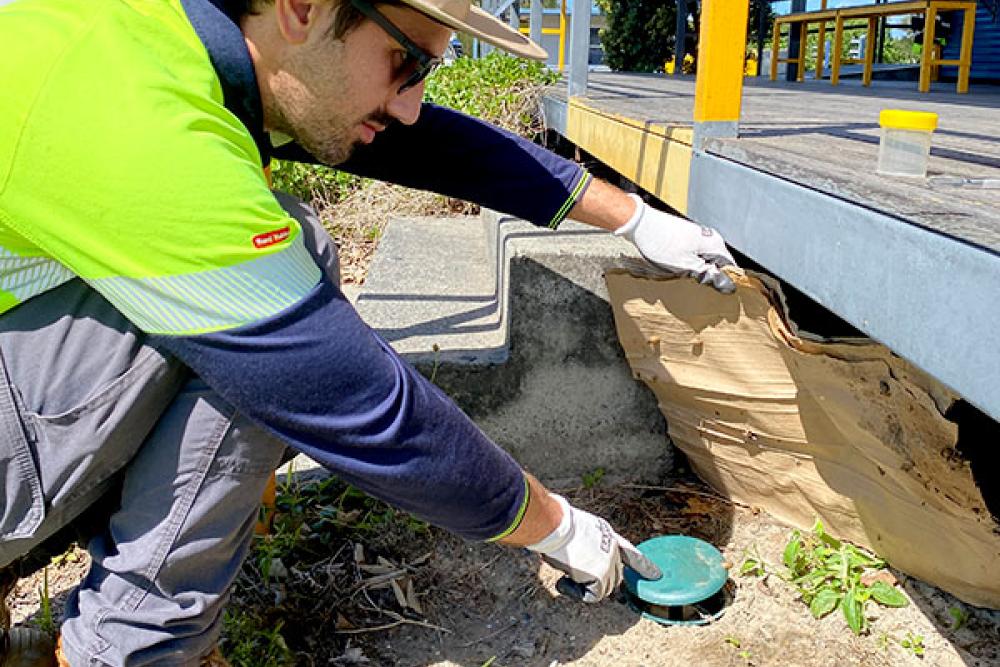The National Hitchhiker (Contaminating) Plant Pest Action Plan 2022–2032 released today will protect Australia’s plant-related industries and environment from exotic hitchhiking plant pests.
Australia’s Chief Plant Protection Officer, Dr Gabrielle Vivian-Smith, said hitchhiking plant pests and the harmful diseases that these pests can carry threaten our economy, environment and way of life.
“Globalisation and greater trade are increasing the chances of plant pests hitchhiking to Australia,” Dr Vivian-Smith said.
“These pests are difficult to detect and find their way here on ships, aircraft, cargo containers, break-bulk cargo and in people’s luggage.
“Hitchhiking plant pests covered in this national action plan include the brown marmorated stink bug (BMSB), spongy moth, exotic bees, internal and external mites of bees, exotic snails and spotted lanternfly.
“BMSB alone has the potential to attack around 300 different plant species, and varroa mite is a serious threat to Australia’s bee population and could seriously harm our $13.4 billion horticulture industry if it were to establish here.
“Nationally, significant resources and $96 million in funding have been allocated from 2024–25 in national eradication programs to help manage hitchhiker plant pests like BMSB arriving in imported cargo.
“The National Hitchhiker (Contaminating) Plant Pest Action Plan 2022–2032 contributes to lifting our preparedness, response and resilience to exotic pest and disease incursions – one of the strategic actions for implementing Commonwealth Biosecurity 2030.
“The national action plan provides a nationally agreed approach on how to prevent, detect and respond to national priority hitchhiking plant pests and carriers of plant diseases.
“It also is an important way key stakeholders can collaborate to create and maintain relationships to work on managing hitchhiking plant pests and mechanism to report on how Australia is building plant biosecurity capability and capacity against hitchhiking plant pests.”
For more information visit: www.agriculture.gov.au/pests-diseases-weeds/plant/national-action-plans



